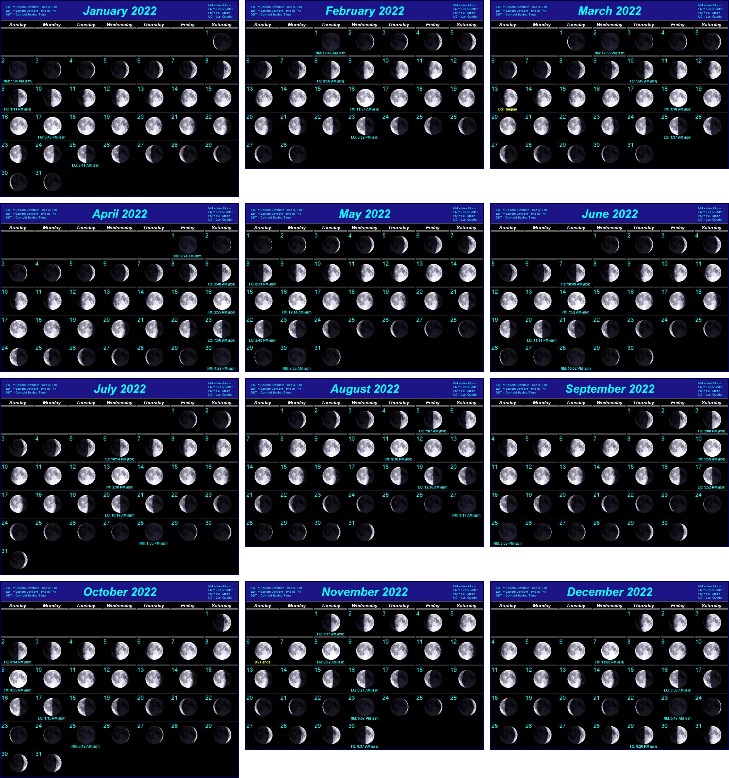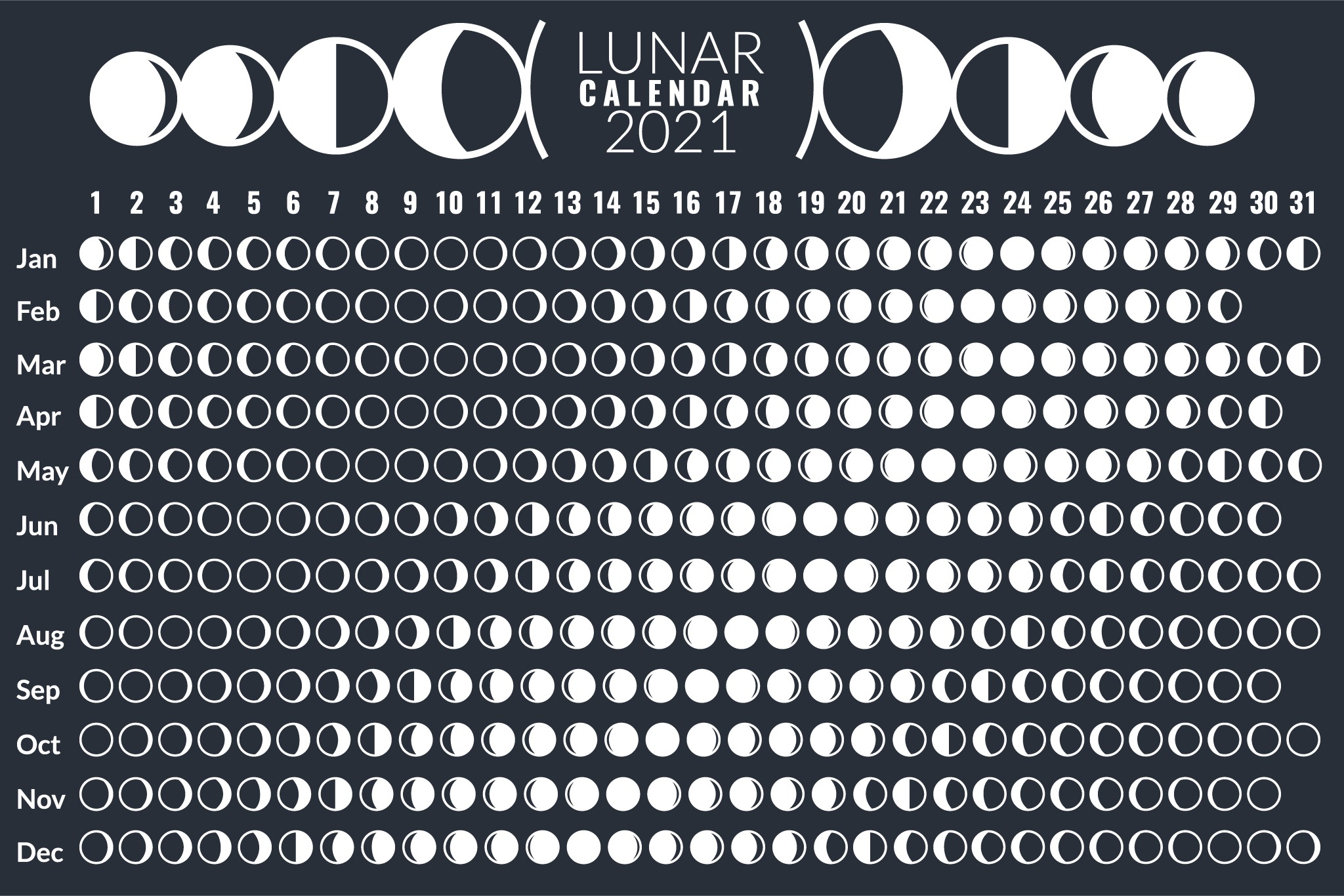

The Moon also approaches and recedes from us, appearing to grow and shrink.

The roll angle is given by the position angle of the axis, which is the angle of the Moon's north pole relative to celestial north. It appears to roll back and forth around the sub-Earth point. The Moon is subject to other motions as well. The sub-Earth point is also the apparent center of the Moon's disk and the location on the Moon where the Earth is directly overhead. The sub-Earth point gives the amount of libration in longitude and latitude. The word comes from the Latin for "balance scale" (as does the name of the zodiac constellation Libra) and refers to the way such a scale tips up and down on alternating sides. When a month is compressed into 24 seconds, as it is in this animation, our changing view of the Moon makes it look like it's wobbling. Because of the tilt and shape of its orbit, we see the Moon from slightly different angles over the course of a month. The Moon always keeps the same face to us, but not exactly the same face. The pummeled, craggy landscape thrown into high relief at the terminator would be impossible to recreate in the computer without global terrain maps like those from LRO. This is especially evident in the long shadows cast near the terminator, or day-night line. Its laser altimeter ( LOLA) and camera ( LROC) are recording the rugged, airless lunar terrain in exceptional detail, making it possible to visualize the Moon with unprecedented fidelity. Lunar Reconnaissance Orbiter ( LRO) has been in orbit around the Moon since the summer of 2009. Until the end of 2021, the initial Dial-A-Moon image will be the frame from this animation for the current hour. The animation archived on this page shows the geocentric phase, libration, position angle of the axis, and apparent diameter of the Moon throughout the year 2021, at hourly intervals. The data in the table for the entire year can be downloaded as a JSON file or as a text file.
CURRENT LUNAR PHASE CALENDAR DOWNLOAD
Hover over the image to reveal the animation frame number, which can be used to locate and download the corresponding frame from any of the animations on this page, including unlabeled high-resolution Moon images. Every two weeks, we have to look in the opposite direction to see the Moon, and the ground beneath our feet is then tilted the opposite way as well.See also the Dial-A-Moon for the May 26 total lunar eclipse.Ĭlick on the image to download a high-resolution version with feature labels and additional graphics. The tilted ramp works the same as the tilted “platform” of the Earth beneath our feet. If you turn around, the horizon appears to tilt the opposite way. In front of you, the horizon looks higher on the right and lower on the left. Earth has a tilt of 23.5 degrees on its axis, which means that when we observe the Moon from Earth, it’s a little like we’re standing sideways on a ramp. The tilt of the Moon’s orbit contributes to this, but it’s mostly due to the tilt of our Earth. We call this motion “libration in latitude.”įinally, the Moon appears to tilt back and forth like a metronome. The 5 degree tilt of the Moon’s orbit also causes it to appear to nod, as though it were saying “yes.” The tilt sometimes brings the Moon above Earth’s northern hemisphere, and sometimes below Earth’s southern hemisphere, allowing us to see slightly more of the northern or southern hemispheres of the Moon. We call this motion “libration in longitude.” When the Moon is farthest from Earth and orbiting at its slowest, its rotation gets a little ahead, and we see a bit more of its western side. When the Moon is at its closest to Earth and moving most quickly along its orbital path, the Moon itself doesn’t rotate quite fast enough to keep entirely the same side facing us, and we get to see a little more of the eastern side of the Moon.

The Moon’s rate of rotation around its own axis, though, always stays the same. Because the Moon's orbit is not perfectly circular, its distance from Earth and its speed in orbit both change slightly throughout the month.


 0 kommentar(er)
0 kommentar(er)
